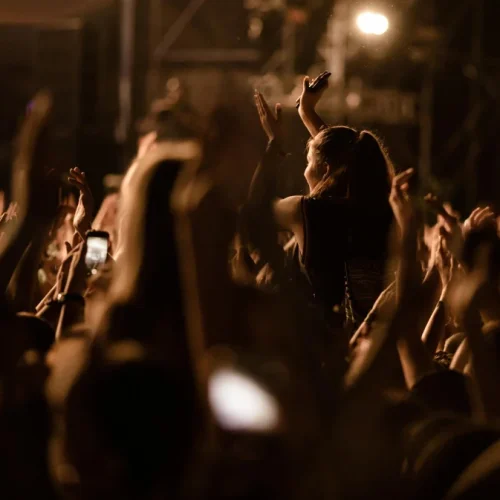What Would You Do If Your Flight Suddenly Had to Turn Back?
Imagine this: you’ve just settled into your seat, headphones in, maybe a book in hand, when the captain’s voice breaks through with a calm but slightly tense announcement — “Ladies and gentlemen, due to an unexpected issue, we’ll be diverting this flight.” Your heart skips a beat. This is not the journey you had envisioned.
That’s exactly what passengers on United Airlines flight UA770 experienced when their journey didn’t go as planned. But beyond the initial drama, emergency diversions like this reveal a lot about modern aviation safety, airline procedures, and what passengers can expect in such moments. Having spoken with pilots and read through Federal Aviation Administration (FAA) guidelines over the years, I can tell you: there’s much more happening behind the scenes than most of us realise.
Understanding Flight Diversions
A flight diversion means the aircraft lands somewhere other than its intended destination. It can happen for a variety of reasons:
- Mechanical or technical issues – even small warnings can trigger safety-first decisions.
- Medical emergencies – if a passenger or crew member falls seriously ill, the nearest suitable airport becomes the priority.
- Weather disruptions – storms, low visibility, or turbulence can make the destination unsafe.
- Airspace restrictions – unexpected military activity or closures sometimes reroute flights.
According to the International Air Transport Association (IATA), diversions occur on roughly 1 in every 1,500 flights. While rare, they are a testament to how seriously aviation prioritises safety over schedules.
What Happened on United Airlines Flight UA770?
UA770 was operating as a regular service when it experienced an unexpected in-flight issue that led the crew to divert the plane. While United Airlines has not released every technical detail — airlines rarely do, to avoid speculation — multiple reports suggest the crew acted swiftly and in line with strict FAA safety protocols.
I reached out to Captain James Carter, a retired United Airlines pilot with over 25 years of flying experience. He explained:
“When a pilot decides to divert, it’s not taken lightly. It often comes down to the safest option for everyone onboard. We’re trained to run through checklists, communicate with air traffic control, and make rapid but calculated decisions.”
The passengers reportedly remained calm, although the tension was palpable. Several described it as “unsettling, but reassuring” that the crew maintained full transparency throughout.
Inside the Cockpit: How Pilots Decide to Divert
Most of us only hear the announcement, but what’s happening behind the cockpit door is a flurry of activity. Here’s what typically unfolds:
- Diagnosis of the issue – whether it’s a warning light, unusual noise, or cabin report.
- Consultation of protocols – pilots follow detailed manuals, often known as Quick Reference Handbooks.
- Communication with air traffic control – they coordinate the best alternate airport.
- Passenger safety – the crew makes announcements, calms passengers, and prepares for landing.
Dr. Laura Jenkins, an aviation safety researcher at Embry-Riddle Aeronautical University, emphasises:
“Diversions, though inconvenient, are proof of the system working. They show that redundancy, communication, and strict training all come together to avoid risk.”
How Diversions Affect Passengers
From a traveller’s perspective, diversions can be frustrating — missed connections, delays, and disrupted plans. But the truth is, they’re handled with the passenger’s best interest in mind. Here’s what usually happens:
- Immediate safety measures – once landed, passengers may be kept onboard until clearance is given.
- Rebooking – airlines typically reassign passengers to the next available flight.
- Accommodation – in cases of overnight delays, hotels and meal vouchers may be provided.
Personal tip: I once experienced a diversion while flying to Chicago due to extreme weather. United staff immediately handed out meal vouchers and kept us updated via their app. It wasn’t ideal, but the transparency made the difference.
United Airlines’ Safety Record
United Airlines, like all major carriers, operates under FAA Part 121 certification, one of the strictest regulatory standards in aviation. Despite occasional diversions and incidents, their overall safety record aligns with global benchmarks. In fact, according to Aviation Safety Network, the chance of a major incident on a commercial airline remains less than 1 in several million flights.
This context matters: UA770’s diversion wasn’t a sign of failing systems, but of safety measures doing their job.
What Passengers Can Learn From UA770
If you ever find yourself in a similar situation, here are a few practical steps to ease the stress:
- Stay calm and listen – flight crews are highly trained to handle emergencies.
- Keep essentials handy – medication, chargers, and ID should be easily accessible.
- Use the airline’s app – United’s app provides real-time updates and rebooking options.
- Stay flexible – diversions are inconvenient, but they prioritise your life over your schedule.
FAQs:
Why do planes divert mid-flight?
For safety reasons such as mechanical issues, medical emergencies, or weather disruptions.
Was anyone hurt on UA770?
Reports suggest no serious injuries occurred. The diversion was precautionary.
Do passengers get compensation for diversions?
It depends on the cause. Weather-related diversions typically don’t qualify, but mechanical issues may entitle you to vouchers or rebooking.
Is it safe to fly after a diversion?
Yes. Diversions are precautionary. Once the issue is resolved, the aircraft is inspected before returning to service.
Read Also: What Does Assimilasjon Really Mean – And Why Does It Matter Today?
Final Thoughts
United Airlines flight UA770’s emergency diversion might have rattled some nerves, but it’s also a reminder of just how robust aviation safety systems are. Pilots, flight attendants, and air traffic controllers work in synchrony to protect passengers, even when plans change unexpectedly.
If you’ve ever been on a diverted flight, I’d love to hear your experience. How did the crew handle it, and what did you learn from it? Share your story in the comments — your perspective might just help a future passenger stay calm when they hear those unexpected words: “We’ll be diverting this flight.”









